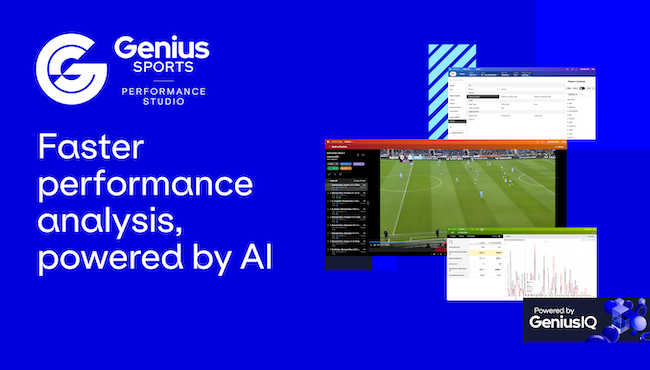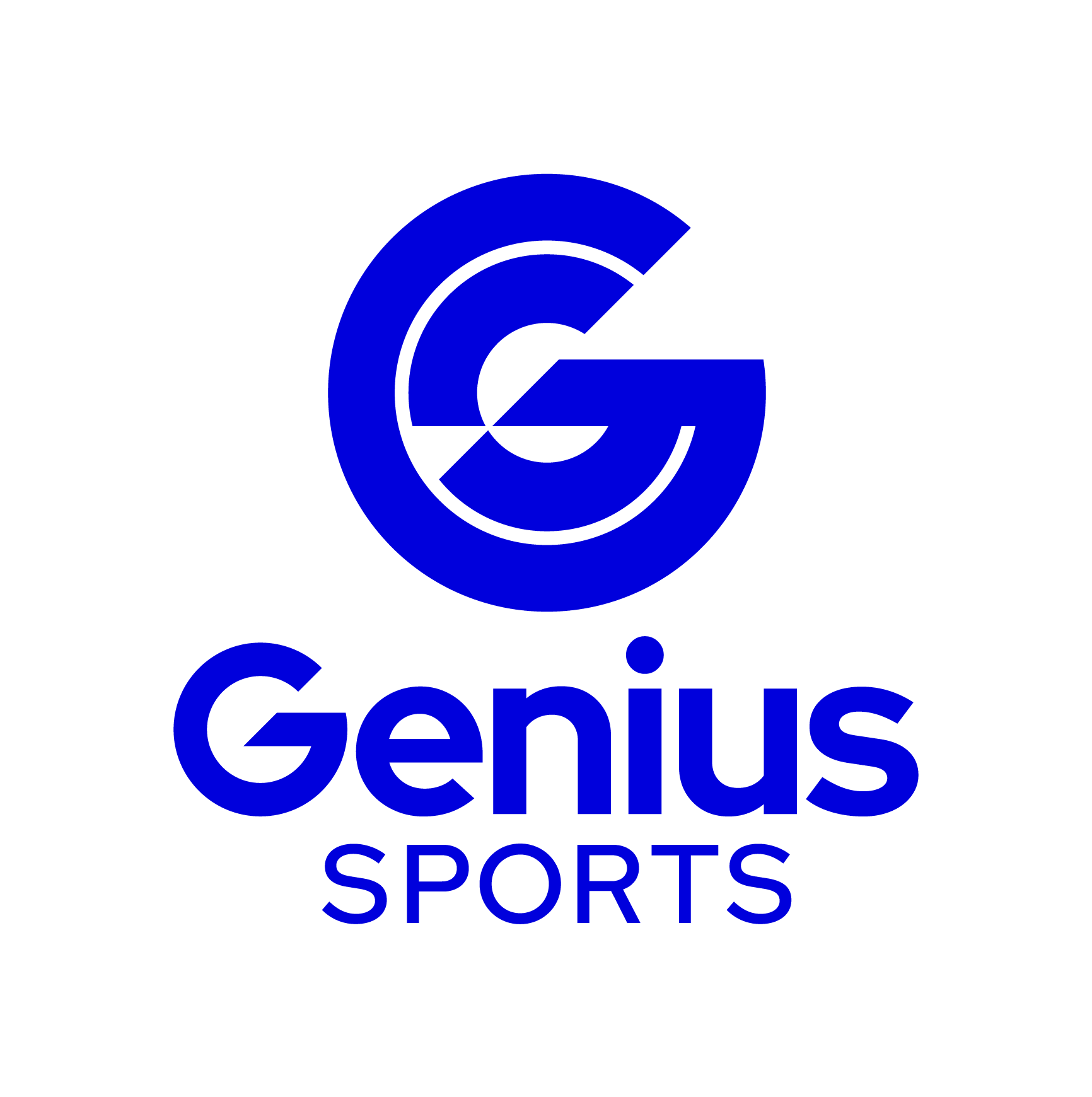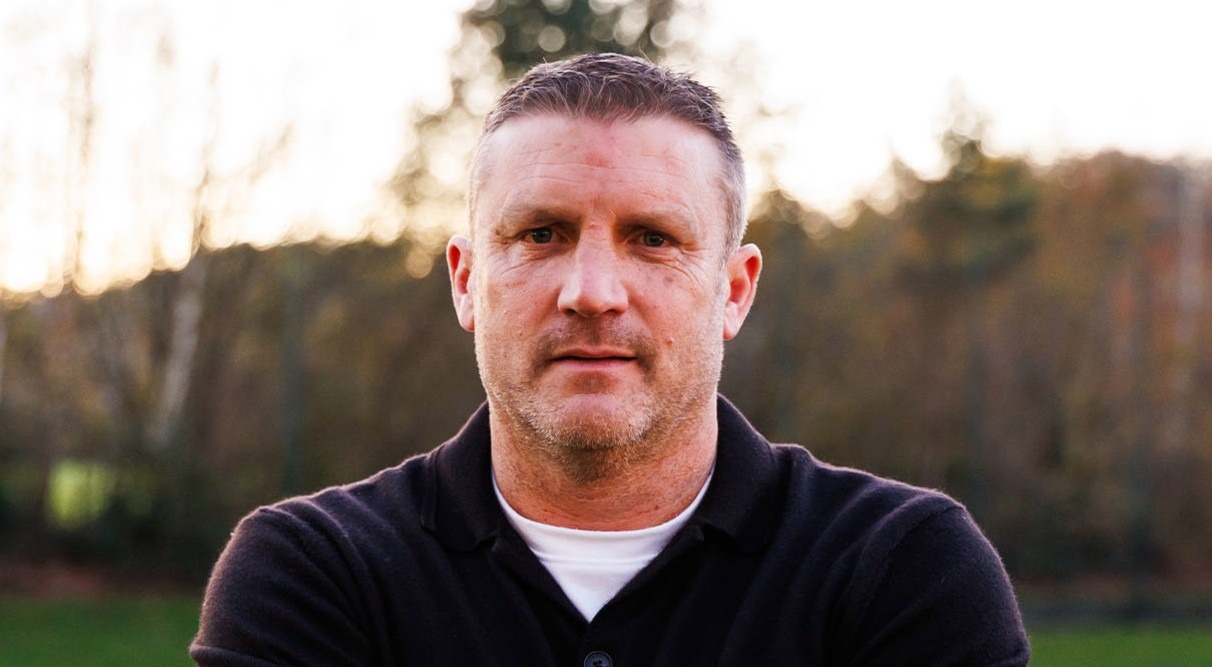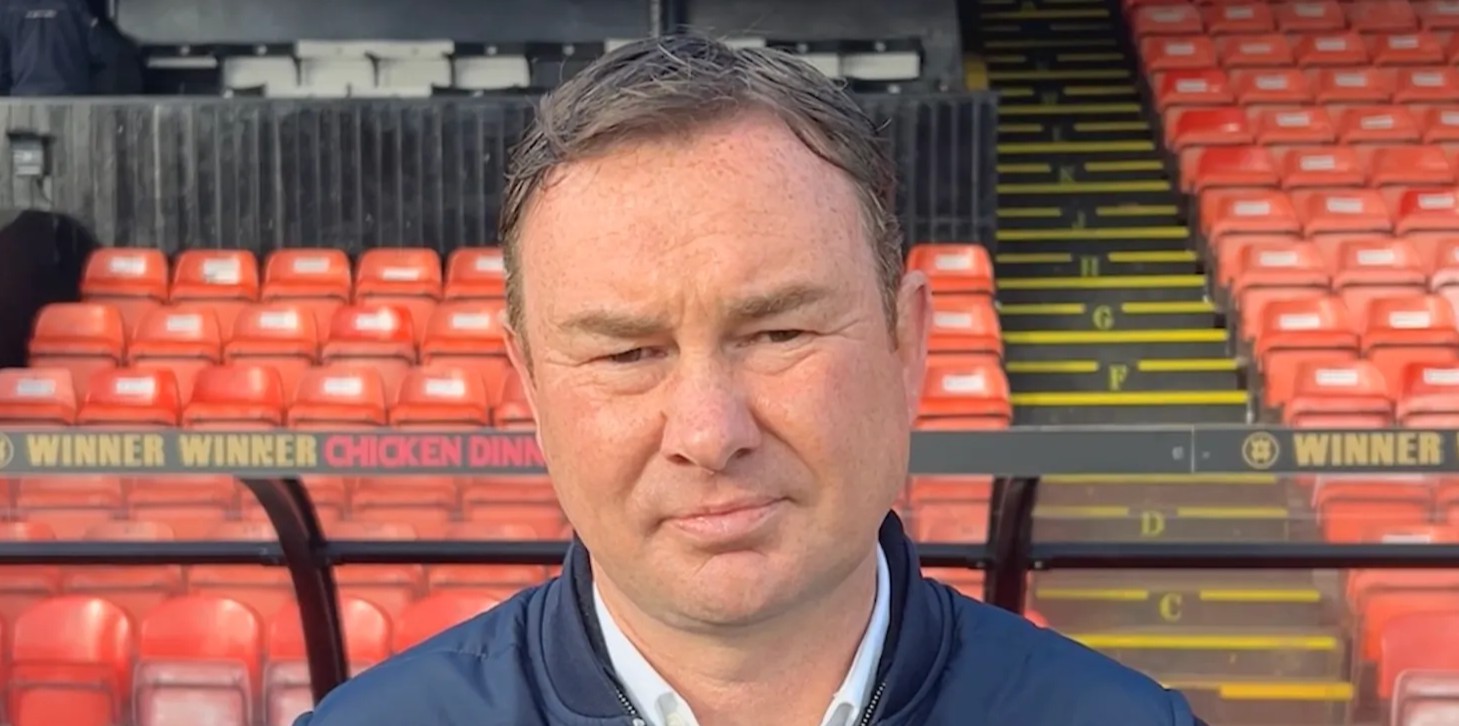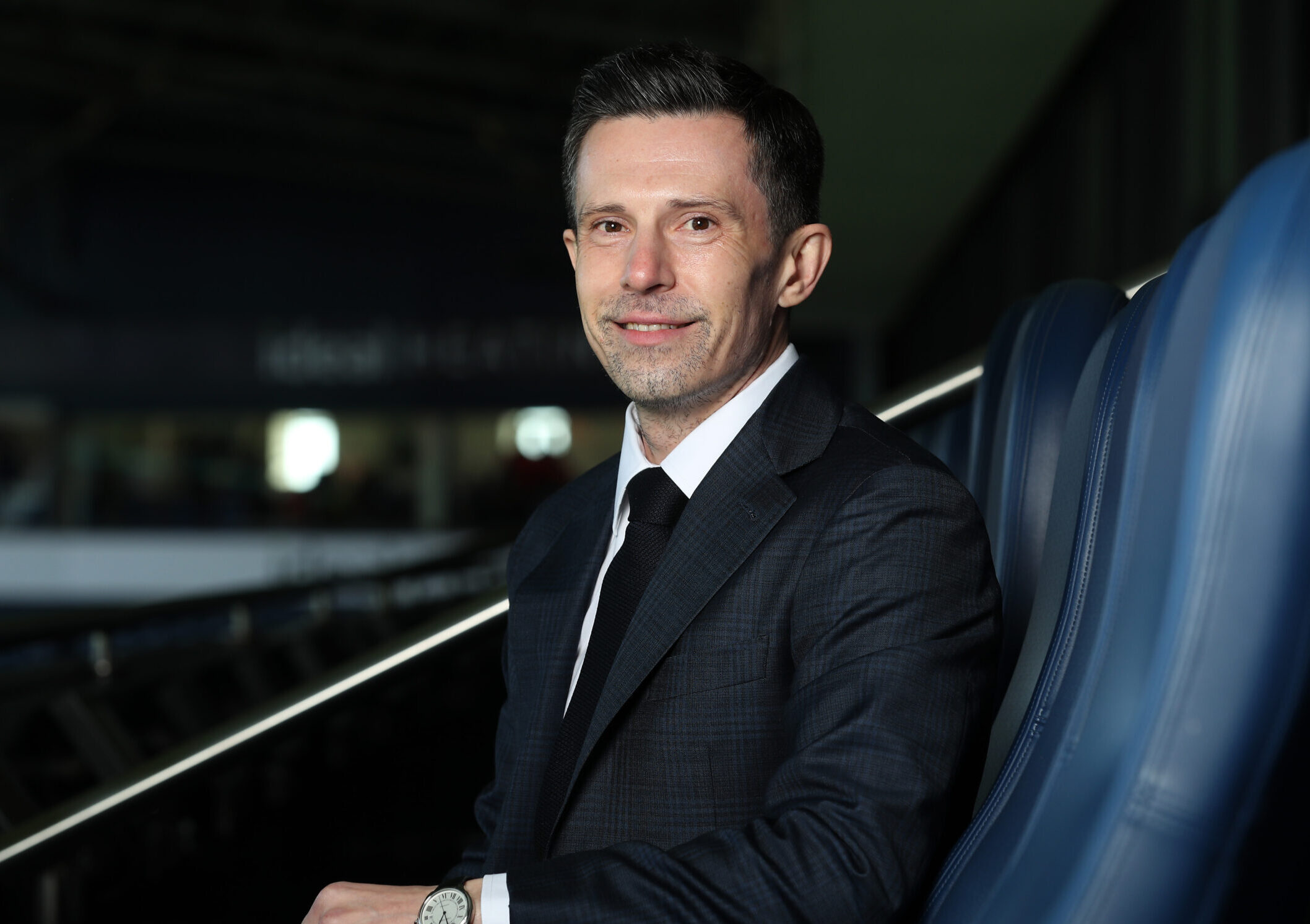
Andrew Nestor: How West Brom formulated a Game Model
Written by
Simon Austin
April 20, 2025
West Brom Sporting Director Andrew Nestor has explained how the club formulated and then applied a Game Model following his arrival at The Hawthorns with new owner Shilen Patel in February 2024.
A Game Model primarily lays down the style of play that a club wants to implement – and can include other factors, such as approach to player development.
The benefit of having a Game Model is that it is objective and quantifiable – and can inform both player and Head Coach recruitment. It also establishes the key principles for how all teams will play within a club, from Academy to first team. This can help with player development and pathways.
A Game Model is established by the club – ideally by the Sporting Director – and will survive changes in Head Coach, hopefully avoiding a churn of players every time this happens.
Speaking on Episode #67 of the TGG Podcast, in association with Genius Sports (which you can listen to below), Nestor said “it all starts around a Game Model” and outlined how the club went about establishing one.
“Step number one was, ‘What is the model we feel can get this club promoted?’ And there’s a number of factors that go into that,” he said.
“One is the competition itself, two is what’s realistic to win within that competition financially, and then also what is a general philosophy that we want to build around.
“Then you can get very, very granular on your scouting. We know within the type of system we want to play in each position, tactically and technically, what’s required of each player.
“We also know physically what’s going to be required of that player within a match, training. And then over the course, extrapolate that over the course of a season and we take all of those factors into our modelling to evaluate potential signings.
“And it’s really the only way I see to consistently plan your squad over a period of time to have sustained success. You’re going to certainly eliminate making costly mistakes and you’re going to be able to bring in complementary players that can play within a system that we feel can ultimately get this club promoted.”
Quantifying your Game Model
In a recent Masterclass for TGG x Twelve Analytics Members, Professor David Sumpter and Ida Höglund Persson explained how they work with clubs to help them quantify their Game Models.
“Most teams we talk to have their own Game Model and it is broken down into this diamond of four phases: attack, transition to defence, defence and transition to attack,” Persson said.
“You can look into each of these phases to make an analysis separately to see how a team is playing. We are building analysis on a match and season basis on these phases and have also added chance creation and opposition chance creation to add more context.
“We had to find a set of metrics that added the most context to the analysis.”
Speaking to the TGG Podcast, Nestor went into detail about what West Brom’s Game Model actually is. It was adapted after Head Coach Carlos Corberán left to join Valencia at the end of 2024.
“What Carlos Corberán had established here was an extremely well-organised Game Model and I didn’t want to veer far away from that,” Nestor said.
“What we wanted to do was add a bit more of an attacking style to that organisation. Pretty much every team is going to say that they want to control the match, they want to be sound defensively and then be able to hurt the opposition.
“The question is, how do you hurt the opposition? What does that formation look like? Is it more controlling the ball in their half? Is it more counter attacking?
“We’ve been doing a lot of analysis on our opponents, because fans have probably been frustrated with the low amount of goals scored at home. What we found is that organisation possession-based play that we have has led to teams coming to The Hawthorns and just playing in a low block.
“And we’ve struggled a bit to break that. And you see a lot of nil, nil draws. And so we’ve been analysing how we can start to adapt that style a bit more and then build a system around that.
“And the system’s a bit fluid. So we’ve built the squad around two key formations and that formation kind of changes during a match. Sometimes we’ll defend with four at the back, we’re attacking with three.
“And that then leads from a scouting perspective to take a look at the type of full-backs, for example, or wing backs that you want to bring in that can slide into the midfield as that kind of new number six and then everyone else pushes forward.
“So there’s a fluidity to it, but there’s a base philosophy underlying all of those decisions.”
Nestor also explained West Brom’s scouting process, which begins with a trawl of the data, is followed by video analysis and ends with live scouting.
“Over the past year, behind the scenes, we’ve brought in a data team that was not here before, and that is to support our scouting process,” the American said.
“We believe in a balanced approach. So data is really our kind of first line of scouting. So taking all these various inputs around game model style, individual positional attributes that we look for, we take all of that.
The model tries to take into account variations that help us feel like we’re comparing apples to apples.
Andrew Nestor
“And then, from there, using the tools that we’ve begun implementing, we can basically scour an entire database of players globally off of super granular metrics that we’re looking for and start to identify players that we feel could be the right fit.
“This is a database built over several years, taking into account pretty much every scouting tool most clubs use, plus others, and then starting to filter in all of our physical data and medical data, those types of things, and then being able to rank players essentially to look at them and say, how do these potential signings rank amongst themselves?
“How do they stack up against what we already have? How do they stack up against others in the league, whether it’s an average player, best player? The model tries to take into account variations that help us feel like we’re comparing apples to apples.
“And what I mean by that is a player’s performance in one league versus what that player’s performance in this league could be. So that really is our first line of scouting. That then goes to our scouting department, who then get to work on video.
“And that’s where there’s more of the softer touch, more of the art of scouting. I don’t want to lose that. It’s very important. So our scouts are very adept at watching these players and it’s mainly done via video at first.
“And then if a player progresses through our process, then we want to get physical eyes on them. Start to do background check, character, personality, cultural fit. All of that is extremely important as well.”
Head Coach recruitment
When West Brom had to appoint a Head Coach to replace Corberán start of the year, they looked for a replacement who could fit their Game Model.
“We had a data-led approach on that as well,” Nestor explained. “We have to look at whether this is someone who fits the Game Model, the style, (who) is going to come in and be able to work with the players we have and within the system and culture that we’re building.
“At Blackburn, Sunderland, Tony had a number of young players that he worked with and developed. That’s certainly important in the Championship.
“You need that mix of veterans and young players coming through and I think it’s important competitively. It’s important for your finances as well. And so that is a major focus.
“It can be really hard to work young players in. A first team Head Coach’s job to win the next game. That’s where their mentality needs to be. So there’s a challenge to working young players into the first team.
“He’s shown that he’s done that in the past and yeah, that is something that’s very important for any Head Coach we have here.”
The club also looked at ‘Expected Performance’ to evaluate the effectiveness of different candidates.
“Through our networks, we know of good Head Coaches around that could have been available,” Nestor said. “But we had our data team look at performances of coaches across every league and what we did there is a bit different to evaluating a player.
“It was more looking at the strength of a squad, both the individual players within the squad as well as the squad as a whole, and their expected performance.
“And then we looked at whether their Head Coach created an uplift in performance. Because sometimes it can be hard to tell.
“If you look at a Head Coach at some of the big clubs, they just have so many good players that you wonder are the players just really good and the coach makes sure he’s managing the guys in the locker room and it doesn’t blow up and they do fine. Or are they really actually creating positive uplift?
“And that can be said for really any coach at any level. And so we did an evaluation of various candidates’ performance and how that translated into uplift of the squad that they had. And that way you know you’re really judging a coach fairly and taking into account all the various factors that go into a specific situation.
“Tony ranked extremely high and therefore was immediately on the shortlist once Carlos left. We actually ran one model specifically on the Championship, just to look over the past 10 years historically who had created the most uplift given the squad that they had in circumstances around the club.
“And he was third overall, behind (Vincent) Kompany and (Daniel) Farke.”
Follow Us
For latest updates, follow us on X at @ground_guru

